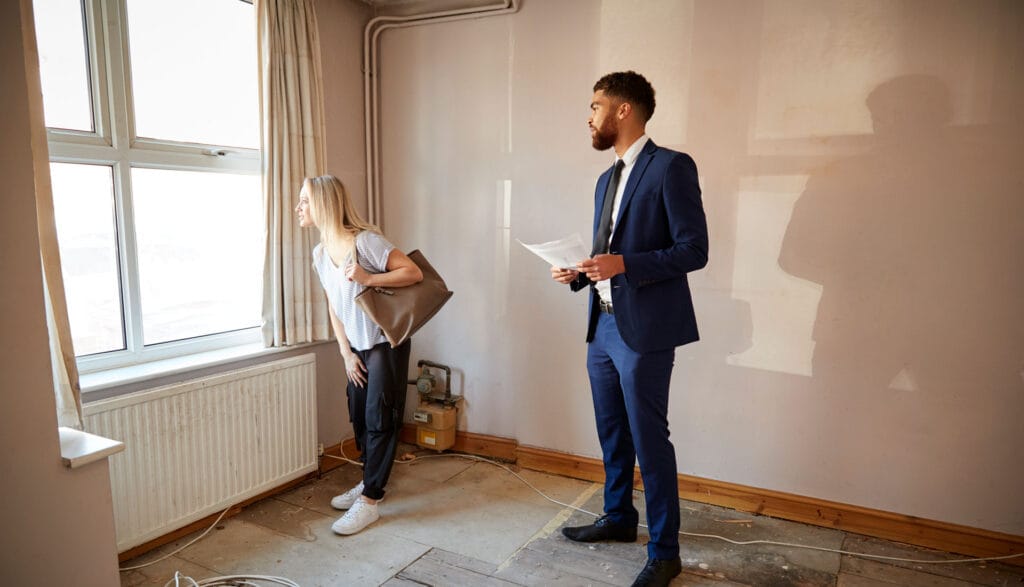The Importance of Regular Damp Inspections: Prevent Problems Before They Start
Severe damp issues affect around 3% of properties, but less serious damp problems affect many more homes. Left unchecked, damp can lead to major issues with mould growth, rot, infestations and damage to furnishings and decor. That’s why it is so important to carry out regular inspections for damp in your home.
Catching damp early and taking action can prevent more severe problems from developing down the line.
What Causes Damp?
There are four main causes of damp in UK homes:
- Rising damp – this is caused by moisture from the ground being absorbed into the walls through capillary action. It usually shows as a ‘tide mark’ pattern of damp low down on walls.
- Penetrating damp – this is caused by water ingress from faults in the roof, guttering, walls, windows etc. It will normally appear as localised patches of dampness higher up on a wall, typically close to the cause, such as beneath a faulty gutter or on a gable end where the brickwork needs pointing.
- Plumbing leaks – leaks from water pipes, overflows, etc. can allow large amounts of water to soak into the surrounding materials leading to severe damp patches. Leaks under floors or in walls are a nightmare as they can take time to show.
- Condensation – this is caused by moisture-laden air condensing on cold surfaces like walls and windows. It typically causes widespread mould growth.
Look Out for Early Signs
Many homeowners don’t notice damp until it has become a major issue with black mould growth, peeling wallpaper, rotten skirting boards and more. But there are early warning signs that damp is present:
- Musty smells
- Peeling or bubbling paint
- White ‘tide marks’ on walls
- Black spots of mould appearing
- Condensation build up, especially in corners
By spotting these early indicators, you can arrange for a professional damp inspection and treatment before the problem escalates.
When to Get a Damp Inspection
If you spot any issues, it is a good idea to have a survey done by qualified damp specialist before you buy a property. This allows any small damp patches to be identified and fixed before they spread. Investing in a damp survey is also sensible if damp issues appear while you are living in the property. A professional surveyor can pinpoint the exact cause and give you solutions for remedying the problems. You should also get a damp inspection if condensation becomes an issue.
A damp specialist will use tools like moisture meters, endoscopes and humidity gauges to thoroughly check all vulnerable areas in your home.
Prevent Damp Caused by Condensation
Condensation is the most common type of damp in UK homes. Daily habits can reduce condensation like:
- Increasing ventilation
- Opening windows when cooking, showering, etc.
- Keeping kitchen and bathroom doors closed
- Avoiding drying clothes indoors
- Moving furniture away from walls
- Installing extractor fans in kitchens, bathrooms, and cellars.
Damp can quickly escalate into a major, expensive issue if left unchecked. Protect your home and your health by adopting good condensation habits and getting annual damp inspections. This proactive approach will allow you to fix problems early before damage sets in.
A small investment in regular inspections can prevent huge costs further down the line.

